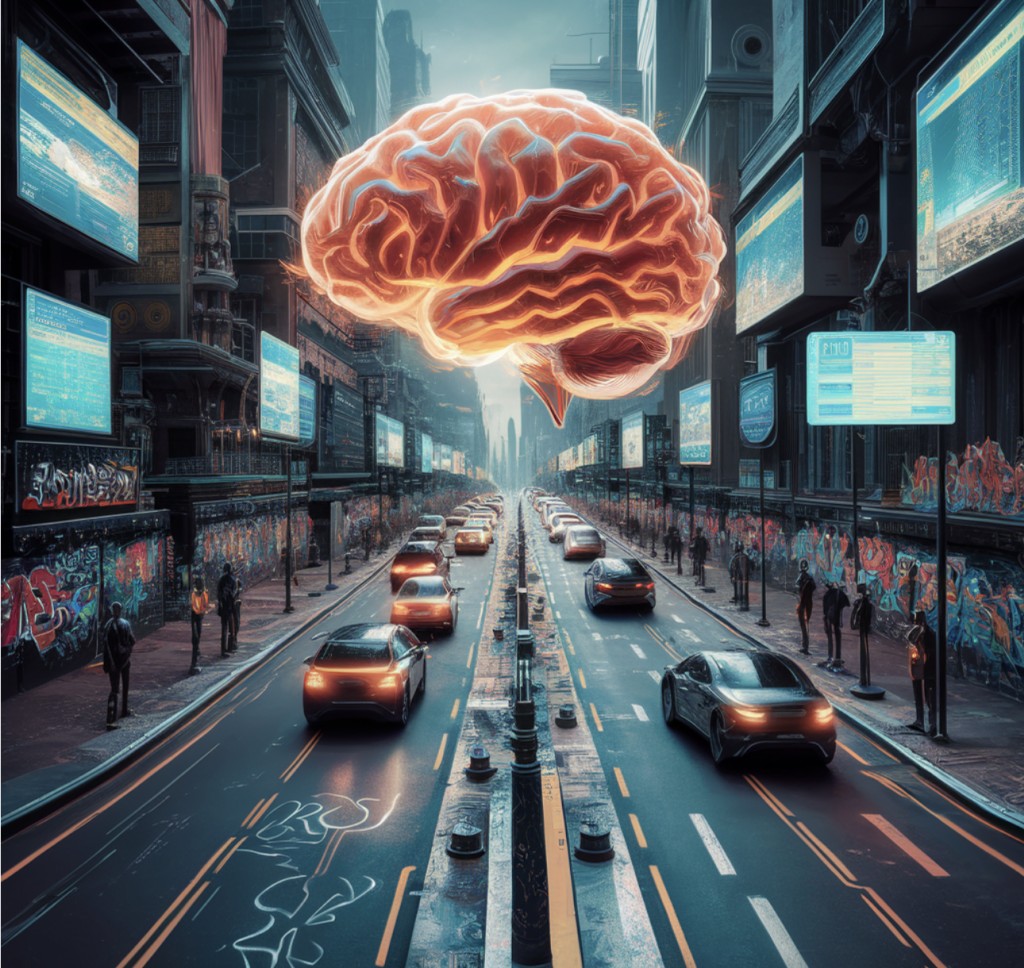In today’s digital age, the efficiency and reliability of networks, whether they are telecommunications frameworks or urban traffic systems, are pivotal. Artificial Intelligence (AI) is crucial in enhancing these networks through predictive maintenance and advanced traffic management techniques. This article explores how these AI-driven methodologies are transforming the landscape of network optimization.
Predictive Maintenance in Network Systems
Predictive maintenance refers to predicting when an equipment failure might occur and conducting maintenance to prevent it. This approach leverages AI to ensure high uptime and reduce operational costs.
Key Elements of Predictive Maintenance:
Data Collection: Sensors and IoT devices gather vast data from network equipment. This data includes metrics like temperature, vibration levels, and operational hours.
Machine Learning Models: AI algorithms analyze the historical data to identify patterns and anomalies that precede equipment failures.
Maintenance Scheduling: Based on AI predictions, maintenance can be proactively scheduled during off-peak hours to minimize disruption.
Benefits:
Reduced Downtime: By predicting failures before they occur, predictive maintenance helps significantly minimize system downtimes.
Cost Efficiency: It lowers the costs of emergency repairs and extends equipment’s lifespan.
Enhanced Safety: Early detection of potential failures can also improve safety standards by preventing accidents.
Traffic Management Using AI
AI-driven traffic management systems analyze real-time data to optimize traffic flow, reduce congestion, and enhance road safety.
Components of AI-based Traffic Management:
Data Sources: Cameras, sensors, and GPS data from vehicles provide real-time traffic data.
AI Algorithms: These algorithms process the data to understand traffic patterns, predict congestion, and suggest optimal traffic distributions.
Implementation: Adjustments such as dynamic traffic light sequencing, speed limit alterations, and route suggestions are implemented to improve traffic flow.
Key Applications:
Adaptive Traffic Signals: Traffic lights adjust in real-time based on traffic conditions, significantly reducing waiting times and emissions.
Route Optimization: AI provides drivers with the most efficient routes, considering current traffic conditions and incidents.
Incident Management: Quick detection and response to accidents or road blockages help minimize traffic disruptions.
Integrating Predictive Maintenance and Traffic Management
Integrating predictive maintenance and AI-driven traffic management can substantially improve public transportation and urban traffic systems.
Combined Impact:
Reliability: Ensuring that transportation infrastructure is reliable through predictive maintenance increases the effectiveness of AI traffic management strategies.
Data Utilization: Shared data between these systems can lead to better predictive analytics, enhancing maintenance scheduling and traffic management.
Cost-Effectiveness: Integrated approaches can reduce operational costs by optimizing resource allocation and maintenance.
Challenges and Future Prospects
Despite the clear benefits, integrating AI in network optimization has challenges.
Challenges:
Data Privacy: Handling and storing large volumes of data raises great privacy concerns that must be addressed.
Complexity of AI Models: Developing and maintaining sophisticated AI models requires substantial expertise and resources.
Infrastructure Needs: Upgrading existing systems to support AI technologies can be cost-prohibitive and complex.
Future Prospects:
Enhanced AI Algorithms: Ongoing advancements in AI will lead to more accurate predictions and efficient systems.
Greater Integration: We may see more comprehensive integration between various network systems, from telecommunications to public utilities, all optimized using AI.
Conclusion
Through predictive maintenance and traffic management, AI’s role in network optimization transforms networks’ operations. It enhances efficiency, reduces costs, and improves service quality. However, realizing its full potential requires overcoming significant challenges related to privacy, technical complexity, and infrastructure adaptation. The future of network optimization looks promising, potentially leading to smarter, more reliable systems that significantly benefit both businesses and consumers.
AI-driven optimization strategies are not just about maintaining the status quo but are key to future-proofing network infrastructures against an increasingly dynamic and demanding future.
References
Cisco Systems, Inc. – “AI and Machine Learning for Smart Traffic Managementâ€
IBM Corporation – “Predictive Maintenance and Qualityâ€Â
Microsoft Corporation – “Azure AI guide for predictive maintenance solutionsâ€
Siemens AG – “Digitalization and Automation Solutions for the Traffic Industryâ€Â
Journal of Traffic and Transportation Engineering – Articles on using AI in traffic management systems and their impacts on urban mobility.
The post Network Optimization with AI: Exploring Predictive Maintenance and Traffic Management appeared first on MarkTechPost.
Source: Read MoreÂ

